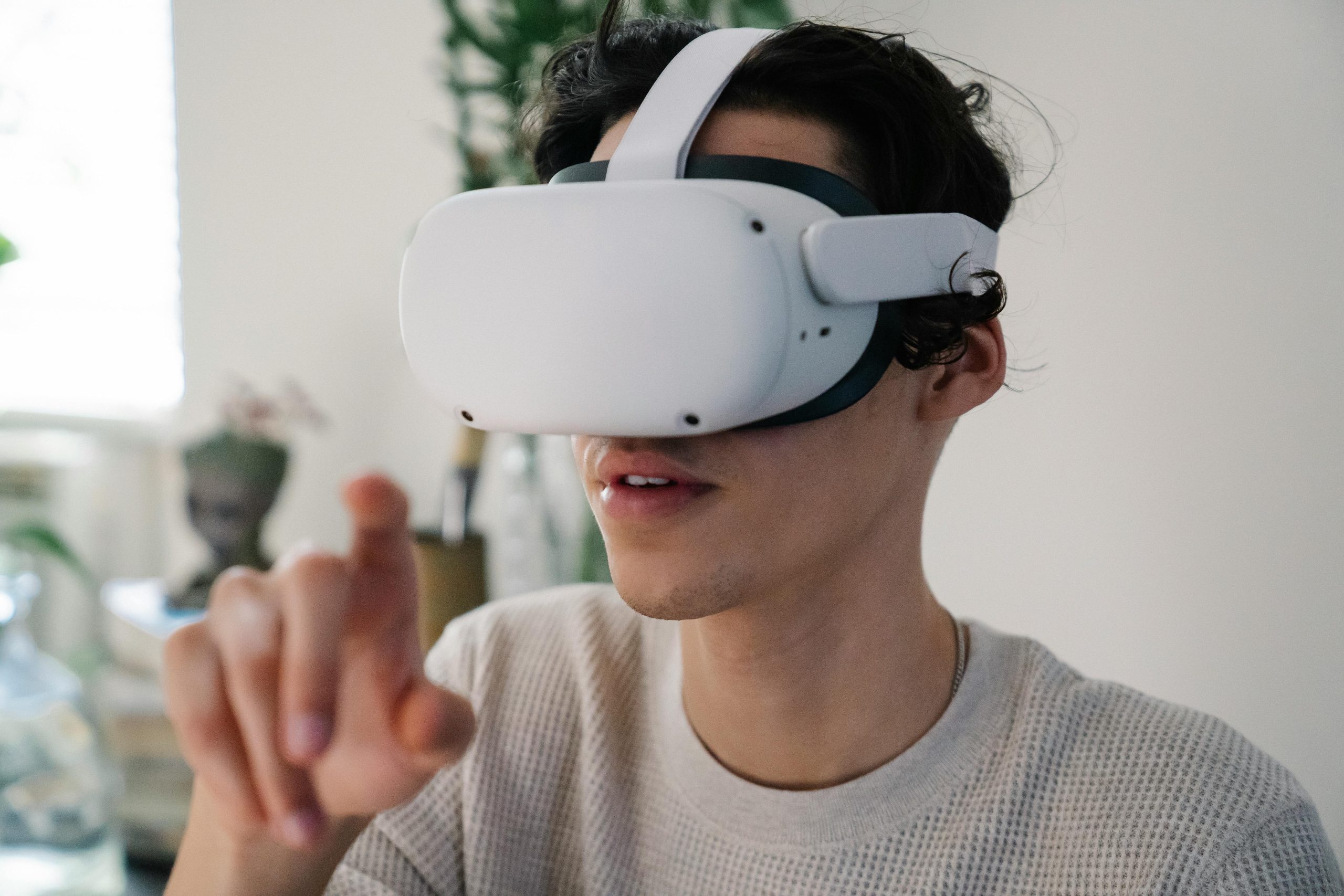Imagine trying on a new pair of sunglasses without leaving your couch or visualizing how a sofa would look in your living room before hitting the “buy” button. Thanks to augmented reality (AR), these scenarios are no longer futuristic fantasies—they’re today’s reality. Augmented reality is revolutionizing online shopping by bridging the gap between digital and physical retail experiences, offering consumers unprecedented convenience, personalization, and confidence in their purchases. As retailers embrace this cutting-edge technology, the way we shop online is undergoing a dramatic transformation.
What is Augmented Reality in Online Shopping?
Augmented reality overlays digital elements—such as 3D models, animations, or interactive features—onto the real world through smartphones, tablets, or AR glasses. Unlike virtual reality (VR), which creates entirely immersive environments, AR enhances the physical world with digital enhancements. In the context of e-commerce, this means shoppers can preview products in their own space, try on virtual clothing, or explore detailed product features before making a purchase.
Major brands like IKEA, Sephora, and Warby Parker have already integrated AR into their online shopping experiences, allowing customers to “place” furniture in their homes, test makeup looks, or try on glasses virtually. This technology not only boosts customer engagement but also reduces return rates by helping shoppers make more informed decisions.
Enhancing the Customer Experience
One of the biggest challenges of online shopping has always been the inability to interact with products physically. Augmented reality solves this problem by providing an immersive, interactive experience that closely mirrors in-store shopping. Here’s how AR is enhancing the customer journey:
- Virtual Try-Ons: Fashion and beauty brands use AR to let customers “try on” clothes, accessories, or makeup in real-time, eliminating guesswork.
- Product Visualization: Furniture and home decor retailers enable shoppers to see how items will look and fit in their actual living spaces.
- Interactive Product Demos: AR can showcase product features, such as how a smartwatch works or how a car’s interior looks from different angles.
By making online shopping more engaging and personalized, AR helps build trust and satisfaction, leading to higher conversion rates and brand loyalty.
Reducing Returns and Increasing Confidence
Returns are a major pain point for both retailers and consumers, often due to mismatched expectations. AR mitigates this issue by giving shoppers a clearer understanding of what they’re buying. For example:
- Shoes that look different in person can be previewed in AR with accurate colors and textures.
- Furniture that seems too large in a product image can be virtually placed in a room to check proportions.
- Makeup shades can be tested on the user’s skin tone before purchase.
Studies show that AR-powered shopping experiences can reduce return rates by up to 25%, saving retailers millions in logistics costs while improving customer satisfaction. When shoppers feel more confident in their purchases, they’re less likely to send items back.
The Future of AR in E-Commerce
As AR technology continues to evolve, its applications in online shopping will expand even further. Here are some emerging trends to watch:
Social Commerce Integration
Platforms like Instagram and Snapchat are already leveraging AR filters for virtual try-ons, allowing users to shop directly from social media posts. This seamless integration between social media and e-commerce is set to grow, making AR shopping more accessible.
AI-Powered Personalization
Combining AR with artificial intelligence will enable hyper-personalized shopping experiences. AI can recommend products based on a user’s preferences, while AR lets them visualize those recommendations in real-time.
Wearable AR Devices
As smart glasses and other wearable AR tech become mainstream, shoppers may soon browse virtual stores or interact with products hands-free, further blurring the lines between online and offline retail.
Conclusion
Augmented reality is not just a gimmick—it’s a game-changer for online shopping. By offering immersive, interactive, and personalized experiences, AR is transforming how consumers discover, evaluate, and purchase products. Retailers who adopt this technology early will gain a competitive edge, while shoppers benefit from greater convenience and confidence in their buying decisions. As AR continues to advance, the future of e-commerce looks more dynamic and engaging than ever before.
